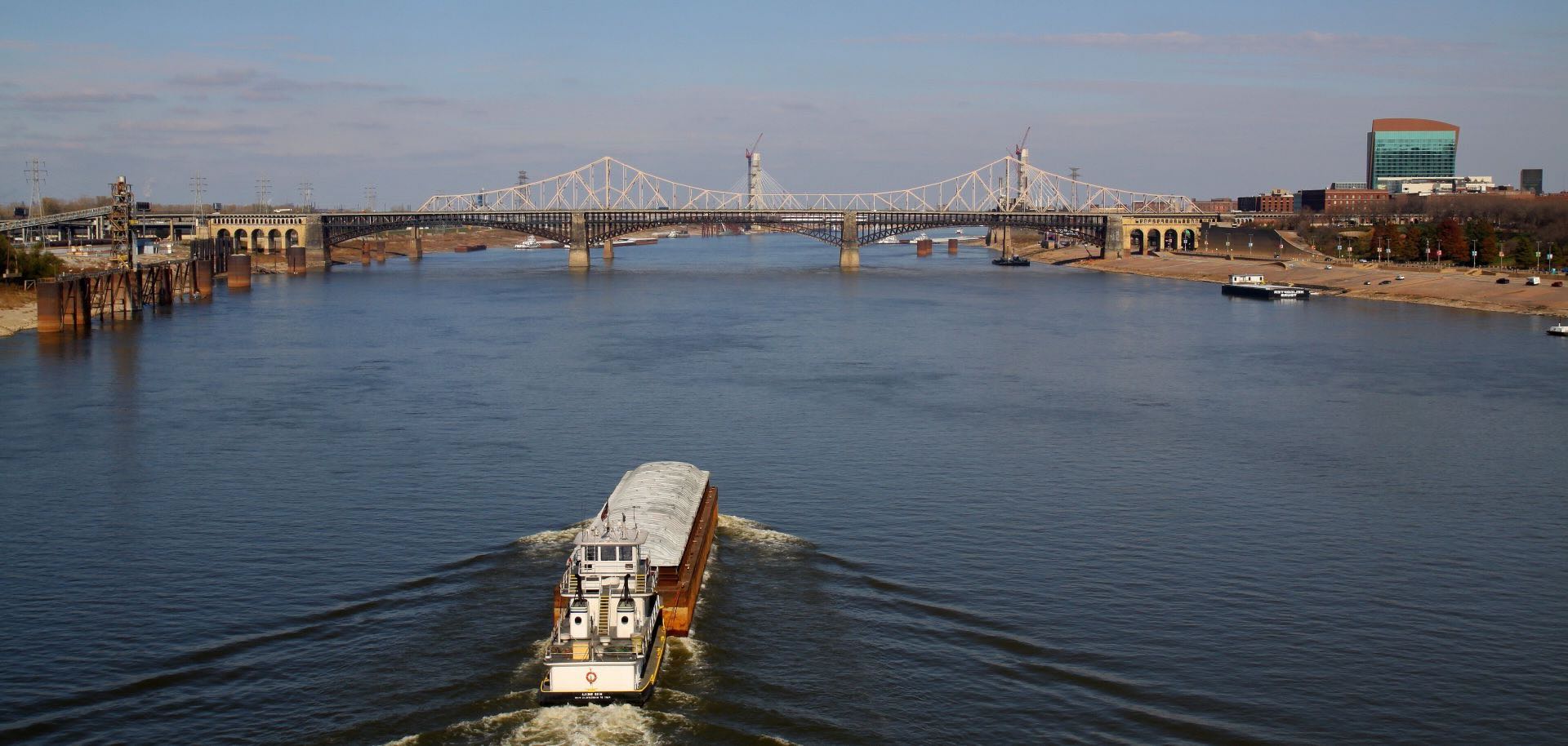Secrets Of Missouri’s Mississippi River Trade Routes

Have you ever wondered how Missouri's Mississippi River trade routes shaped the state's history? These waterways were vital for transporting goods, people, and ideas. From the early Native American tribes to European settlers, everyone relied on the river. Steamboats chugged along, carrying cotton, timber, and other goods to distant markets. Towns sprang up along the banks, bustling with activity. Today, remnants of this vibrant past can still be seen. Exploring these routes offers a glimpse into the lives of those who lived and worked along the river. Ready to dive into Missouri's rich river history? Let's set sail!
Secrets of Missouri's Mississippi River Trade Routes
Missouri's Mississippi River trade routes hold a rich history and vibrant culture. These routes have been vital for commerce, transportation, and cultural exchange. Let's explore some key places along these historic pathways.
St. Louis: Gateway to the West
St. Louis, often called the "Gateway to the West," played a crucial role in the expansion of the United States. This city became a bustling hub for trade and travel.
- Gateway Arch: This iconic monument symbolizes the westward expansion and offers stunning views of the Mississippi River.
- Laclede's Landing: A historic district with cobblestone streets and 19th-century buildings, once a center for trade and commerce.
- Eads Bridge: An engineering marvel of its time, this bridge connected St. Louis to Illinois, facilitating trade across the river.
Hannibal: Mark Twain's Hometown
Hannibal, known as the boyhood home of Mark Twain, has a rich history tied to the Mississippi River. This town offers a glimpse into the past with its preserved landmarks.
- Mark Twain Boyhood Home & Museum: Explore the life of Samuel Clemens (Mark Twain) and his connection to the river.
- Hannibal Riverfront: A picturesque area where steamboats once docked, now a place for river cruises and festivals.
- Rockcliffe Mansion: A historic mansion overlooking the river, showcasing the opulence of the early 20th century.
Cape Girardeau: River City
Cape Girardeau, often referred to as "River City," has a deep connection to the Mississippi River. This city has been a vital trade center for centuries.
- Riverfront Park: A scenic park with a riverwalk, offering views of the Mississippi and a glimpse into the city's trading past.
- Red House Interpretive Center: Learn about the early French settlers and their trade activities along the river.
- Glenn House: A beautifully restored Victorian home, reflecting the prosperity brought by river trade.
Ste. Genevieve: Oldest European Settlement
Ste. Genevieve, the oldest European settlement in Missouri, has a rich history of trade and cultural exchange along the Mississippi River.
- Bolduc House Museum: A preserved French colonial home, showcasing the lifestyle of early settlers.
- Felix Valle House State Historic Site: A historic site highlighting the trade and commerce of the early 19th century.
- Ste. Genevieve Historic District: Wander through streets lined with historic buildings, each telling a story of the past.
New Madrid: Site of the Great Earthquakes
New Madrid, known for the series of powerful earthquakes in the early 19th century, also has a significant history tied to the Mississippi River trade routes.
- New Madrid Historical Museum: Discover the history of the town, including its role in river trade and the impact of the earthquakes.
- Hunter-Dawson State Historic Site: A preserved antebellum home, reflecting the prosperity brought by river commerce.
- Riverfront Park: A serene park offering views of the Mississippi and a place to reflect on the town's history.
Chester: The Home of Popeye
Chester, just across the river from Missouri, is famous as the birthplace of Popeye the Sailor Man. This town also has a rich river trade history.
- Popeye Statue: A tribute to the beloved cartoon character, reflecting the town's unique cultural heritage.
- Chester Bridge: Connecting Missouri to Illinois, this bridge has been a vital trade route for decades.
- Chester Riverfront: A scenic area with parks and walking trails, offering views of the Mississippi River and its historical significance.
The Legacy of Missouri's Mississippi River Trade Routes
Missouri's Mississippi River trade routes have shaped the state's history and economy. These waterways were vital for transporting goods, fostering commerce, and connecting communities. Towns along the riverbanks thrived as trade hubs, contributing to Missouri's growth.
Today, the legacy of these trade routes is evident in the cultural and economic fabric of the region. Historical sites, museums, and festivals celebrate this rich heritage, offering a glimpse into the past. The river continues to be a lifeline, supporting industries and recreation.
Exploring Missouri's Mississippi River trade routes provides a deeper understanding of the state's development. It's a journey through time, showcasing the resilience and ingenuity of those who navigated these waters. Whether you're a history buff or just curious, the story of Missouri's river trade is a fascinating chapter worth discovering.

